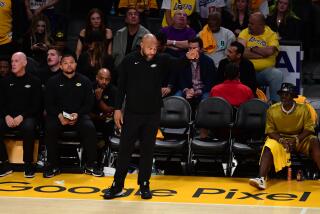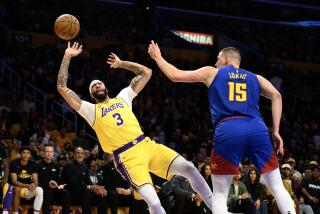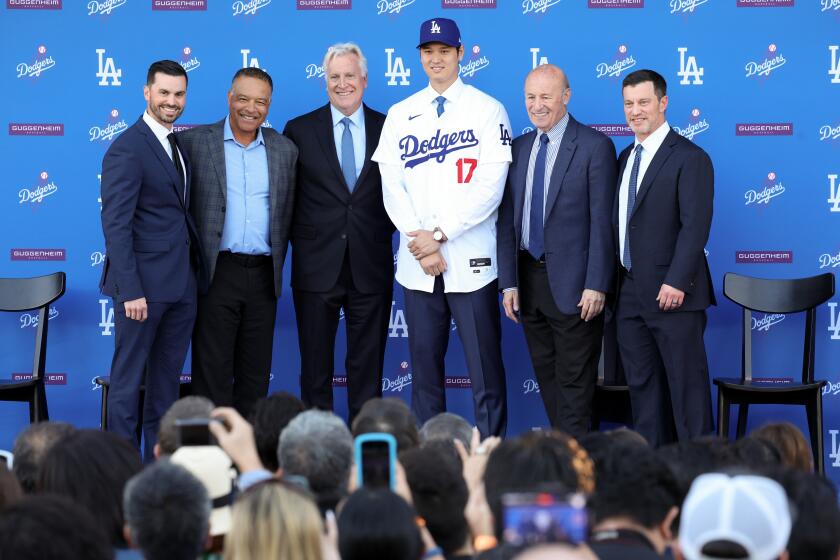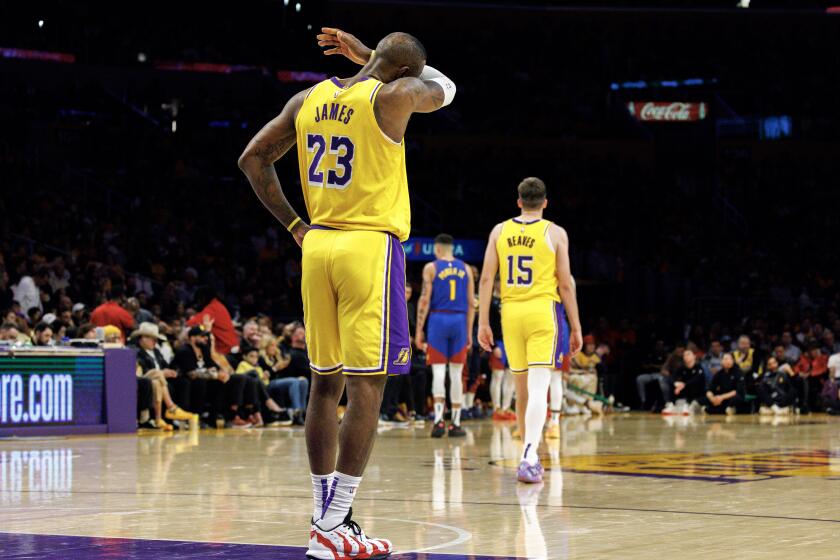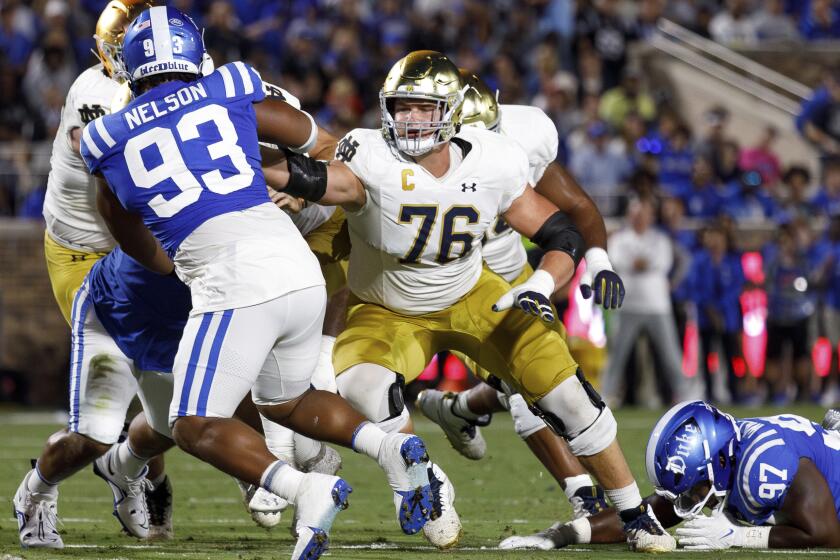1960 Cal Poly plane crash survivors recall life and death in Toledo
They remember the fog, so thick the twin-engine C-46 charter was invisible until they almost bumped into it on the tarmac. They remember their coach, Roy Hughes, telling the pilot, “Let’s give it the old college try,” which ended a discussion of whether the plane should take off at 11 p.m. from Toledo.
The Cal Poly Mustangs had traveled to Ohio, as far east as the team had ever gone, to play Bowling Green. It was Oct. 29, 1960. They lost 50-6, enduring cold that made them shiver, these kids from California. Everyone wanted to get home.
The plane climbed 100 feet before the left engine failed, and then the right one. There was no time to be afraid, only enough time to tuck heads and hunch forward.
There were 48 people on board and 22 died, including 16 football players, the team manager and an alumni booster.
Of the 26 survivors, 24 had to be hospitalized.
The crash didn’t draw as much attention as the one 10 years later that killed the Marshall University football team. But at Cal Poly in San Luis Obispo, disbelief quickly turned to grief.
The Mustangs came back the next year for a six-game season. The team didn’t fly to a road game for nine years after the crash.
A benefit game was played in 1961 in L.A., Bowling Green against Fresno State. There is a plaque recognizing Cal Poly outside the Coliseum, where the Mercy Bowl was played.
On Saturday, as the Mustangs host St. Francis University of Pennsylvania, members of that 1960 team will participate in a memorial ceremony. They will pass through the stadium’s plaza, where there are 18 pillars, one for each of the men with team associations who died in the crash. The pillars, dedicated in 2006, are in the shape of a huddle.
Five women were widowed and 11 children lost fathers. Investigators determined the plane was 2,000 pounds overweight, and with zero visibility, it should never have taken off.
Last Sunday, the Oakland Raiders were returning home by charter flight — and the mood was euphoric after an emphatic victory over the Broncos at Denver’s Mile High Stadium.
Except for Ted Tollner. The 70-year-old passing coordinator grew tense after air turbulence lasted longer than usual. “Any kind of similar weather to that day,” he says, “any kind of inclement weather, and something in my body reacts to that. I get real uptight about it.”
Tollner was the quarterback on that Cal Poly team and remembers looking out from the bus en route to the Toledo airport. “It was like the Tule fog,” he says, referring to the distinctive weather condition that can torment drivers between Bakersfield and Chico. He heard his coach and the pilot discussing whether to take off.
“I was building up my own anxiety,” Tollner says. “We got up about 100 feet or so and it was the left engine that sputtered and went out. I knew we were going down, and I went into a ball to protect my head and that’s all I remember until I came to.”
When he did, Tollner was still strapped in his seat, which had been torn away from the plane. His left foot was twisted in the seat’s footrest.
“I wanted to get up and start helping people,” he remembers. “But I couldn’t. Carl Bowser dragged me away from the fire, and I almost hate to say this for the families that still remember the loved ones lost, but all you could hear was all the screaming.”
Tollner is hesitant to discuss his own injury. In bits and pieces, he talks of how doctors suggested his injured foot might have to be amputated. He won’t talk about the constant pain, a torment for a man who stands four or five hours a day on a football field.
There is a moment when his words grow indistinct. Something else happened that night. Tollner and wide receiver Curtis Hill had switched seats. Hill didn’t make it.
In a 47-year career, Tollner was head football coach at USC and San Diego State, where the endings were not ideal.
“Nothing in life is,” he says, “but you go on.
“There is some sense that I owe it to the ones who didn’t make it,” Tollner says, “that I should make the most of this life.”
Carl Bowser named his only son Larry Joe. It was his way of honoring Larry Austin and Joe Copeland.
The three grew up together in Bakersfield, played football together, went to Cal Poly together, dreamed of coming back to Bakersfield to coach football together, to raise families together.
Bowser, then a 23-year-old fullback, survived the crash. Austin and Copeland didn’t, and Bowser still visits their graves in Bakersfield, just to say hello.
“I still wonder sometimes why me and not them,” Bowser says. “I’ve given up trying to figure it out. Larry was married and had a little boy. I was single. For some reason we get called and not for who we are or what we are.”
Bowser, who went back to Bakersfield and coached football at Bakersfield College, says it wasn’t easy being a survivor.
“A lot of us had rough edges after the crash,” he says. “We were raising too much hell, living a life of looseness, partying as if we figured what the heck, we might die the next day.
“I was lucky, though. I met my wife, Marian, and she straightened me out. I have three daughters, my son and 10 grandkids. I always look forward to seeing the guys. But I miss the other ones terribly.”
“I think I remember the fall. I don’t remember the hit.”
Don Adams is snatching at memories, some still vivid, some not.
“I bled so much, they said I was dead,” Adams says, his voice thick with emotion. “Then someone double-checked me and said, ‘No, there’s something there.’ I remember hot hands on me and the doctors saying, ‘He won’t live to morning.’ That’s in my subconscious somewhere.
“I kept telling everybody I felt fine and I tried to show everyone I was fine. I was not.”
Adams played guard for the Mustangs. At 25, he was a little older than most of his teammates, having served in the Army. He was finishing his senior season. He suffered head and neck injuries but remembers nothing of the crash.
“I’m very surprised to have lived this long,” he says. “I’m happy for that and I am very sad for our friends that didn’t get to continue in life to become parents or to see their grandkids. I have three children and eight grandchildren, and my friends — they didn’t get that.
“When you grow up kind of a poor boy, you get a lot of those heartaches, jabs, whatever you call them in life,” says Adams, who married his college sweetheart, Shirlee, and lives in Modesto. “And I have since loved my life. I became a teacher and a coach. How can I have regrets? I have a life.”
Bob Bostrom, then 30, had never been an athlete. He lived on campus in a university house, a job perk. That Saturday, he had the radio on and decided to take a nap.
“I was semiconscious when I heard something about the crash,” he says. “I thought I should get up and listen, and pretty soon the phone rang. It was a reporter from Detroit asking if I knew who was on the plane.”
Bostrom knew them all.
“I had the unhappy task both of receiving their belongings from the plane crash and from their rooms,” he says.
Bostrom took over part of Crandall Gym. “I hung all the things,” he says, “and when relatives arrived, I would take them in and if the relative could identify something I would give it to them.
“When I went to the dorm rooms there was a wreath on each door — not a flowery wreath but a very somber wreath in purple. It was a very distressing moment.”
One player sticks in Bostrom’s mind. Ray Porras was 27, the oldest player. “He had four kids,” Bostrom says, his voice cracking. “It was Monday before we got definitive information. Those poor kids.”
They were watching “Bonanza” that Saturday night, the four daughters of fullback Ray Porras.
Diana, then 7 and the oldest, can still recall the bulletin that interrupted the program. There had been a plane crash. Her dad’s football team was on the plane.
“My mother was in the kitchen and I went in to tell her,” Diana Owings says. “My mother was always a very private and stoic person and at that moment she was stoic. I think she was trying to protect us.”
Dorothy Porras is 75 now and has never spoken publicly about her husband’s death. “We try to protect her from that,” Owings says.
The family is still close. Owings lives in Brea. One sister, Kathy Zaragoza, 55, lives in La Habra. The others, Eileen Lozano, 52, and Rebecca Porras, 50, are in Fullerton.
Their dad, who wanted to be a coach, was from East Los Angeles and the first in his family to go to college. “Our life at that time was idyllic,” Owings says.
When Cal Poly dedicated the plaza memorial at the school stadium, the daughters went.
Not Dorothy. She couldn’t.
The daughters will be there Saturday.
“We get to hear stories about my dad,” Diana says, as if needing to explain.
Al Marinai loved hitting people on the football field. He had come to Cal Poly as an all-city guard out of San Francisco.
“I loved the NFL forever,” Marinai says. “I was going to be in the NFL. When I was a kid, football was nothing to my family, but it was one of those things I did pretty well. So, what are you going to do?”
In the last game he played, the loss to Bowling Green, football great Lou Groza was in the stands scouting him for the Cleveland Browns. Or so Marinai was told. “I played good too,” Marinai says.
He was one of the most severely injured survivors. He had compound fractures in his legs and back and has spent his life with a brace on one leg.
“It seemed like the school and everybody forgot us,” Marinai says. “Maybe they wanted to forget.”
But Marinai will be on campus Saturday.
“I was a young kid with a lot of dreams and I didn’t get to have those dreams,” he said. “But there are 18 heroes who didn’t come back. I miss them.”
twitter.com/mepucin
More to Read
Get our high school sports newsletter
Prep Rally is devoted to the SoCal high school sports experience, bringing you scores, stories and a behind-the-scenes look at what makes prep sports so popular.
You may occasionally receive promotional content from the Los Angeles Times.
